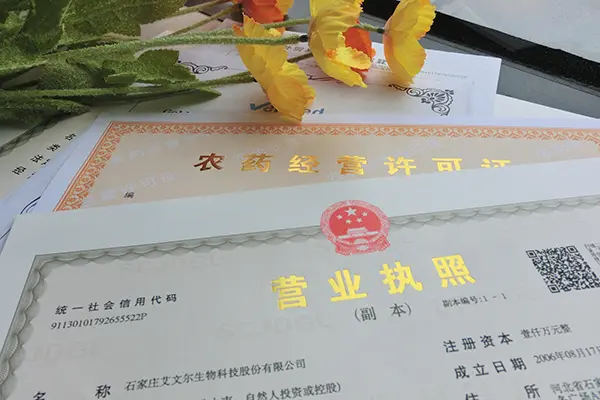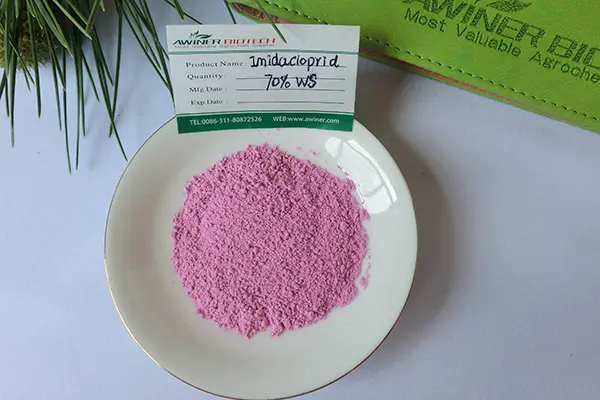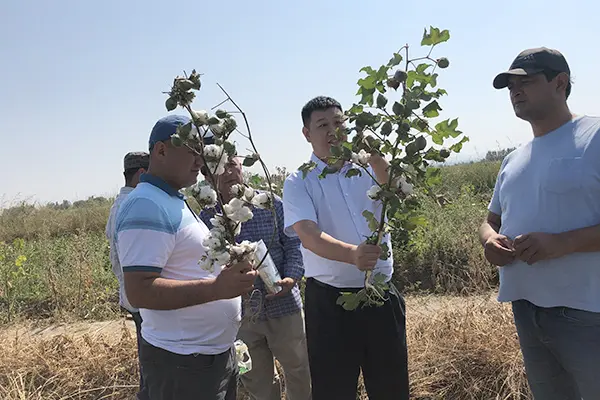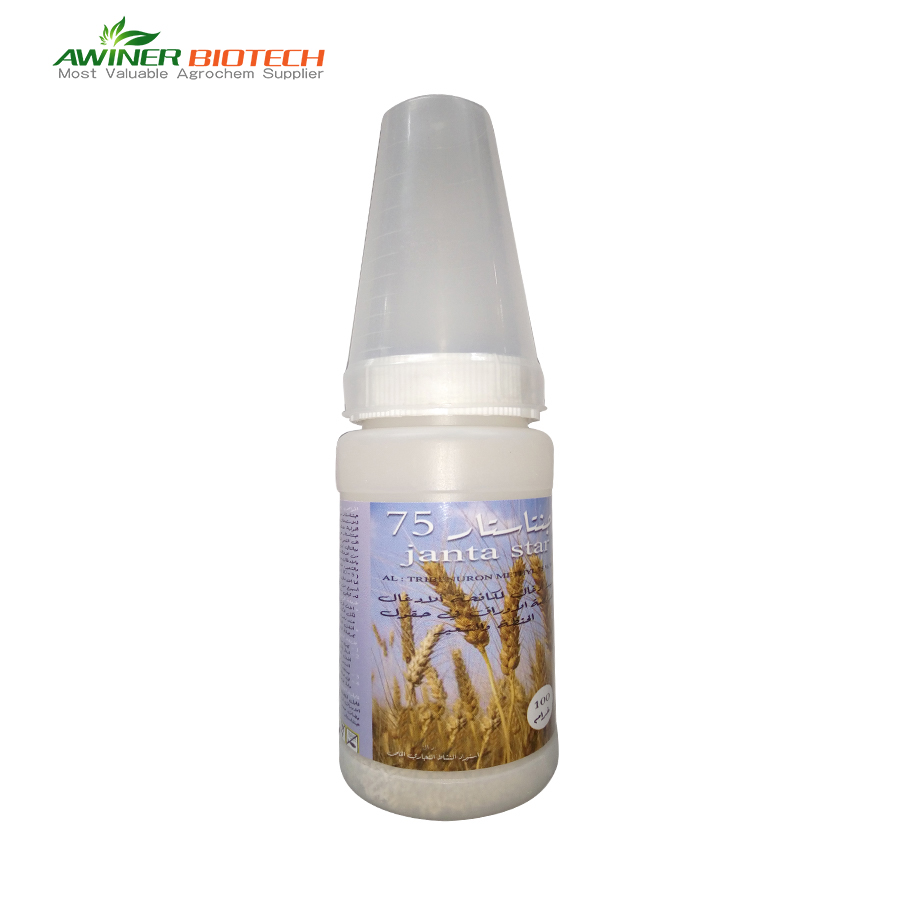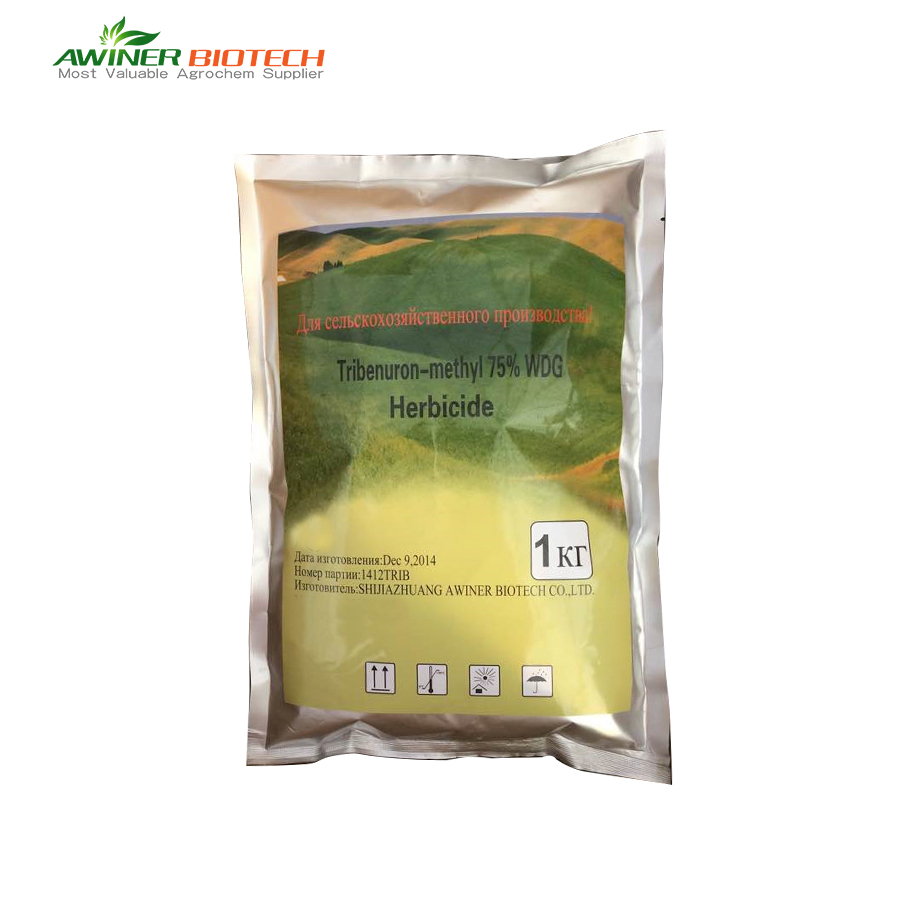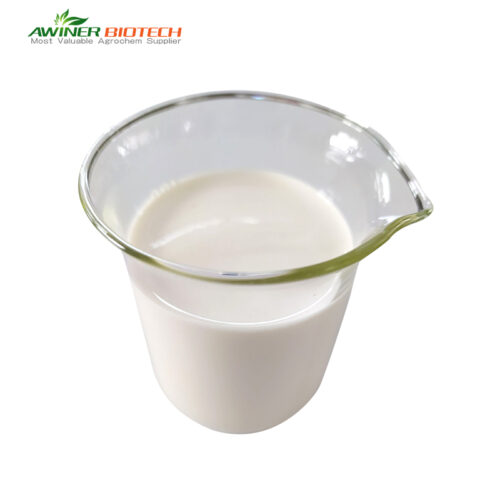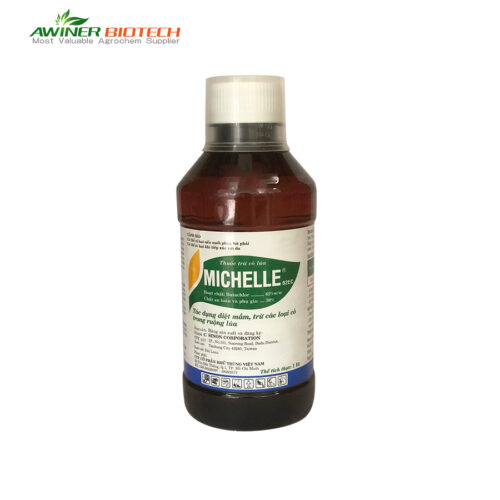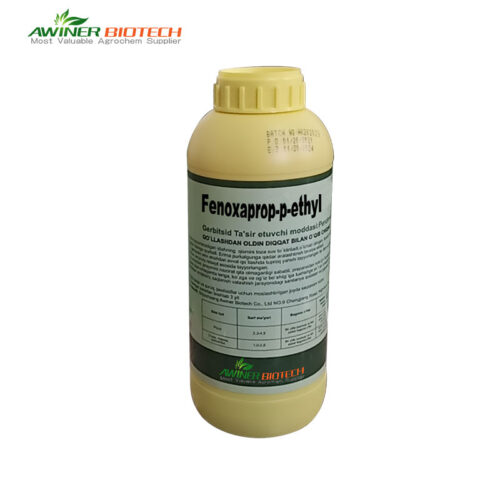Tribenuron-methyl |
|
| Dosage form | 75%WDG/DF;10% WP |
| Packing | Liquid:50ml、100ml、250ml、500ml、1L、5L、10L、20L Solid:10g、50g、100g、250g、500g、1kg、5kg、10kg、25kg |
| Formulation | Customized |
| Label | Customized |
| Crop-Weed | Winter wheat field – Annual broadleaf weeds |
| Certification | SGS、 ISO 、BV |
| Delivery time | 20-30 days |
| Mixture products |
Tribenuron-methyl + Florasulam
Tribenuron-methyl + Chlorimuron-ethyl
Metsulfuron-methyl + Tribenuron-methyl
|
| Payment terms |  |
Tribenuron-methyl herbicide provides long-lasting weed control with low application rates, making it an efficient and environmentally friendly choice for farmers.
Mode of Action for Tribenuron-Methyl Herbicide
Tribenuron-methyl is a selective sulfonylurea herbicide designed to control broadleaf weeds in cereal crops like wheat, barley, and oats. It works by targeting the enzyme acetolactate synthase (ALS), a key player in the synthesis of branched-chain amino acids, which are essential for plant growth.
Inhibition of ALS Enzyme: Once absorbed, tribenuron-methyl binds to the ALS enzyme. This binding immediately disrupts the enzyme’s activity. Without ALS, the plant cannot produce essential amino acids, which are critical for protein synthesis and overall growth.
Cessation of Amino Acid Synthesis: As ALS is inhibited, the production of key amino acids such as valine, leucine, and isoleucine comes to a halt. This disruption interferes with protein synthesis, effectively stopping cell growth and division.
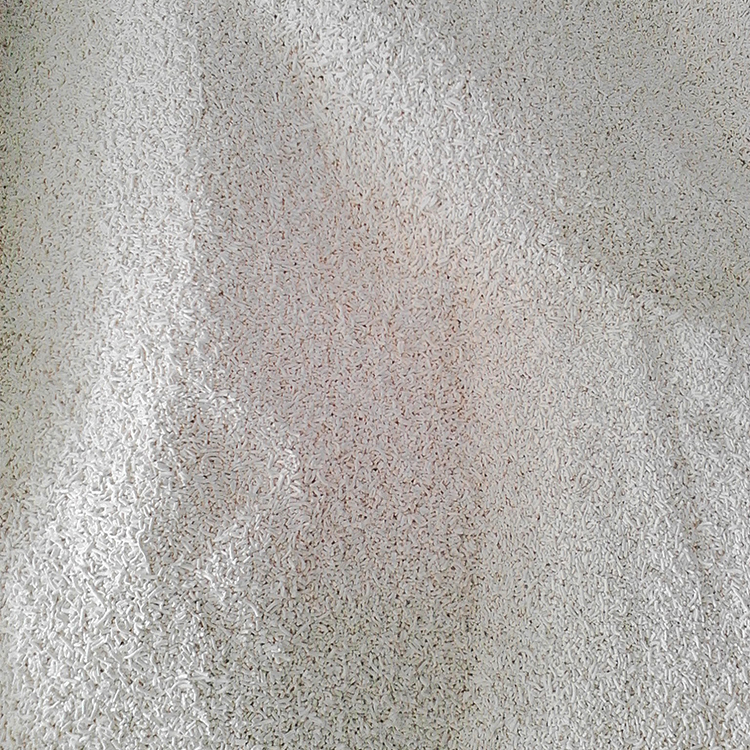 |
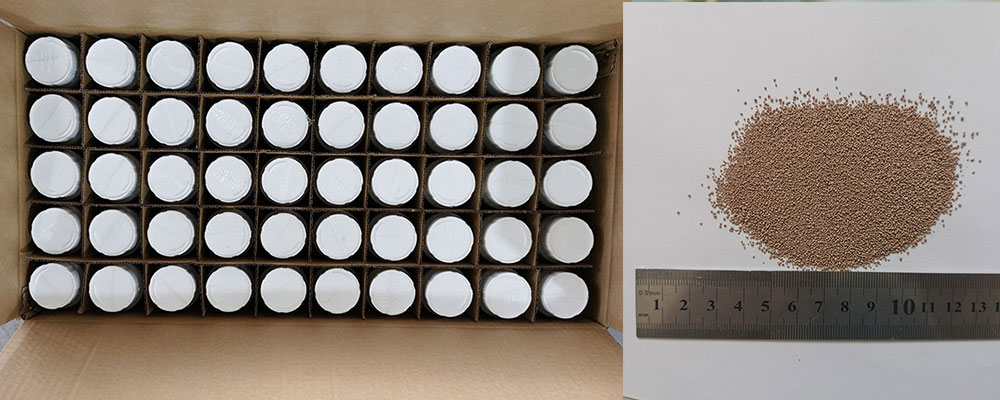 |
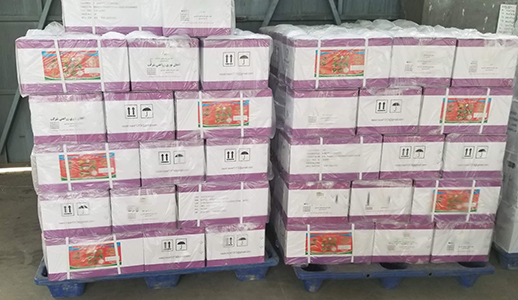 |
Plant Growth Stoppage: Gradually, the weed exhibits signs of distress. Yellowing of the leaves, necrosis, and other symptoms appear as the plant can no longer sustain itself. Eventually, this leads to the weed’s death.
Systemic Action: Furthermore, tribenuron-methyl is absorbed both through the leaves and roots, ensuring full coverage. It is then translocated throughout the weed, making sure all parts are affected, leading to thorough weed control.
Selective Toxicity: Due to its targeted mode of action, tribenuron-methyl selectively affects broadleaf weeds while leaving cereal crops unharmed. This selectivity makes it a valuable tool for farmers looking to protect their crops without damaging them.
In conclusion, tribenuron-methyl provides efficient, long-lasting weed control with low application rates. Its selective nature and systemic action make it an eco-friendly and cost-effective solution for modern agriculture.
<About Awiner Biotech>
